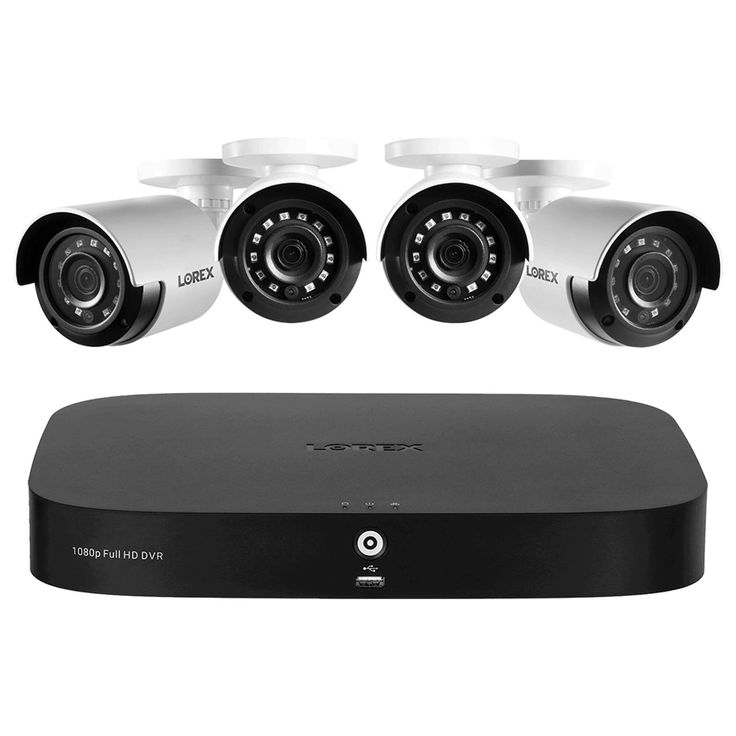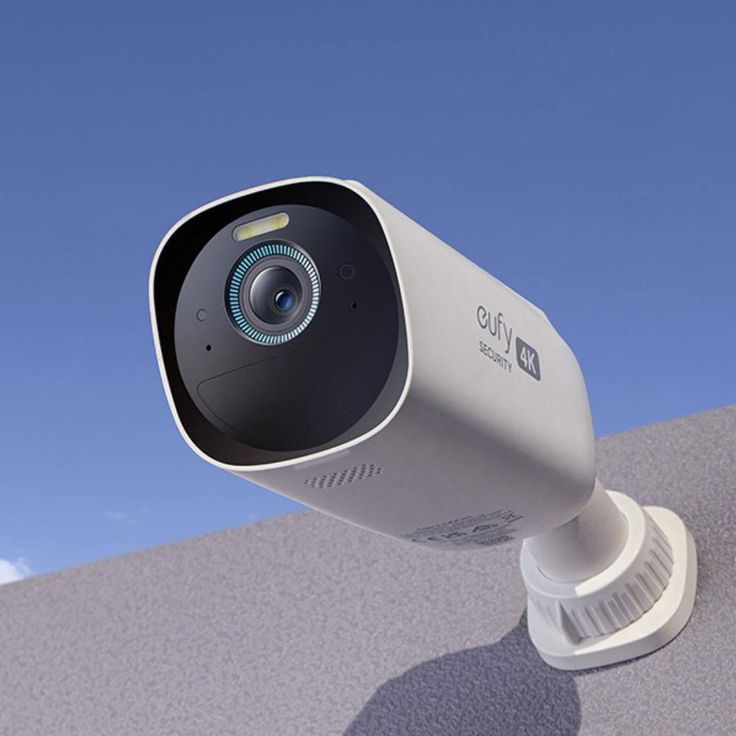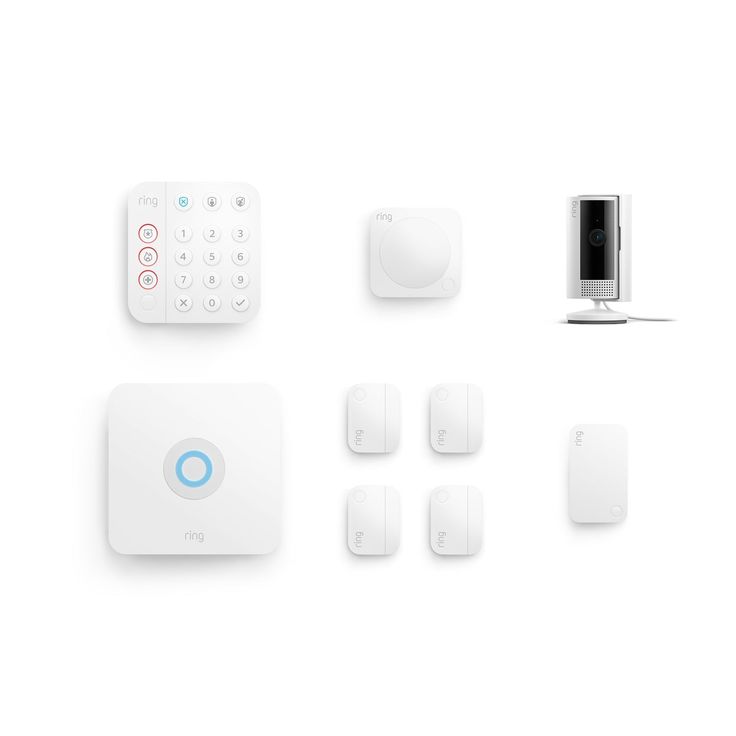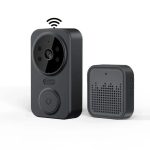Introduction to DIY Home Security Systems
The rise in home security concerns has led to a surge in DIY home security systems. These systems are more affordable and easier to install than you might expect. You don’t need to drill or have technical skills. Many are wireless, making them ideal for renters who can’t make permanent alterations. How to install home security system?
People choose security system for many reasons. They’re cost-effective, offer flexibility, and you can often install them quickly. But before you dive in, it’s essential to understand what a DIY home security system is. It’s a system you can set up yourself. This set-up includes the placement of cameras, sensors, and alarms around your home.
By choosing to install a video doorbell, you take control of your home’s security. You decide where to place each component for maximum security coverage. With many systems offering mobile connectivity, you can monitor your home from anywhere.
Remember that DIY doesn’t mean you’re alone. Many systems come with customer support and clear instructions. This support helps to ensure correct installation and operation. In the next sections, we’ll go through how to evaluate your security needs and choose the right system for your home.

Evaluating Your Security Needs
Before choosing a DIY home security system, evaluate your security needs thoroughly. Start by assessing the size and layout of your home. This assessment helps determine how many cameras, sensors, and alarms you might need.
Look at the typical entry points like doors and windows, but also consider less obvious ones such as basements or ground-level windows. High-risk areas might need more robust monitoring.
Consider the neighborhood. If you live in an area with higher crime rates, you might want more comprehensive surveillance. On the other hand, a simpler system might suffice in safer communities.
Think about who is in your home. Homes with children or elderly family members might need additional features like emergency panic buttons.
Lastly, consider your lifestyle. If you travel often, a system with remote access and mobile alerts might be necessary. Evaluating these aspects will help you choose a system that fits your specific needs and provides the best protection possible.
Choosing the Right DIY Security System
Choosing the right DIY home security system needs careful consideration. Keep these points in mind while making your decision:
- Assess Compatibility: Ensure the system is compatible with your home and technical abilities. Choose one that matches your comfort level with technology.
- Look for Flexibility: Opt for systems that allow you to add or remove components. This feature lets you tailor the system as your needs change.
- Consider Connectivity: A good system often offers remote access. Check for one that lets you monitor your home through a mobile device.
- Evaluate Features: Modern systems come with various features. Look for those offering crucial elements like live video streaming, mobile alerts, and cloud storage.
- Budget Wisely: Don’t forget to factor in the cost. Find a system that provides good value without compromising essential features.
- Read Reviews: See what others say about the system. User reviews can provide insights into the system’s reliability and customer service.
By considering these factors, you’ll make an informed choice that secures your home effectively.

Essential Components of a Home Security System
When installing your own home security system, you’ll need several key components. The essentials typically include a main control panel, entry sensors, motion detectors, and environmental sensors. Let’s break down the function of each one.
Main Control Panel: This is the brain of your system. It manages alarms, and you program it through its keypad.
Entry Sensors: These attach to doors and windows. They sound an alarm when opened.
Motion Detectors: Placed in corners, they detect movement within a room.
Environmental Sensors: They warn you of fires, floods, or dangerous gases. These include smoke detectors and carbon monoxide sensors.
Each piece plays a vital role to guard your home against intruders and environmental threats. Be sure to include sufficient sensors for your space and needs.
Choosing a proper place for each component matters. It ensures your system works well and alerts come quickly. Be ready to maintain these devices regularly for best performance. By understanding these parts, you can start putting together a home security system that fits your requirements.
Step-by-Step Installation Process
Installing a DIY home security system can be straightforward if you follow these steps carefully. Here’s a simple guide to help you get started.
- Choose the Location for the Main Panel:Select a spot close to your primary entry door and near a power source. This will be the central hub of your system.
- Install the Main Control Panel:You might need to hammer a small nail into the wall to hang the panel. If drilling isn’t an option, use double-sided adhesive tapes to mount it securely.
- Place the Entry Sensors:Attach sensors to all main entry points such as front and back doors, and windows. Most sensors have a peel-and-stick backing, making them easy to install and move if necessary.
- Set Up Motion Detectors:Position motion detectors in high traffic areas. Corner placement is usually ideal. Make sure they have a clear line of sight.
- Install Environmental Sensors:Place smoke detectors on every floor and near sleeping areas. Install carbon monoxide sensors near bedrooms and in areas like attached garages. Consider adding water leak sensors in places prone to leaks.
- Test the System:Once everything is set up, test each component to ensure it’s working correctly. Follow the testing instructions provided in your system’s manual.
By following these steps, you can install a home security system that helps keep your property safe. Rembember, taking time to install everything properly can save you from potential security risks in the future.

Placement Tips for Sensors and Detectors
Choosing the optimal locations for sensors and detectors is critical to the effectiveness of your DIY home security system. Here’s how to ensure the best placement of each component:
- Entry Sensors: For door and window sensors, place them at every point someone could enter, especially on the ground floor. Ensure sensors are near the top corner of doors and windows for better detection.
- Motion Detectors: Install these in areas with high traffic such as hallways and living rooms. Aim for corner placement to maximize the area of coverage. Avoid pointing them towards windows to reduce false alarms.
- Smoke Detectors: For maximum safety, place a smoke detector on each floor, in every bedroom, and outside sleeping areas. High up on walls or ceilings is best, away from ducts and windows to prevent drafts from impacting their operation.
- Carbon Monoxide Sensors: Install these near sleeping areas to alert you quickly at night. Keep them away from fuel-burning appliances to avoid false alarms. One on every floor is advised.
- Water Leak Sensors: Put these near water sources like washing machines, water heaters, and under sinks. Places prone to leaks, like basements, should also have sensors.
Proper placement contributes to the overall security by ensuring quick detection and reaction to any incidents. Always follow the manufacturer’s instructions and consider the unique layout of your home when deciding where to place each sensor and detector.
Testing Your DIY Home Security System
After installing your DIY home security system, testing is crucial. This step ensures every component works as expected. Here’s how to do it effectively:
- Test Each Entry Sensor: Activate each door and window sensor. Make sure the system alerts you when each is opened.
- Check Motion Detectors: Walk through the areas with motion detectors. Watch for alerts to confirm they detect movement properly.
- Verify Environmental Sensors: Simulate smoke, CO, and water leaks. Use safe methods like pressing the ‘test’ button on detectors to ensure they respond correctly.
- Assess the Main Control Panel: Ensure the main panel receives and displays signals from all sensors and detectors.
- Review the System on Your Mobile Device: If your system connects to a mobile app, log in. Check if you can view all sensor data and receive notifications.
- Repeat Tests Periodically: Regular testing helps catch any issues before they become bigger problems.
By following these steps, you make sure your DIY home security system protects your home as intended.
Maintaining and Upgrading Your Security System
Regular maintenance is key to keeping your DIY home security system in top shape. Here are simple steps to ensure your system stays reliable:
- Check Batteries Regularly: Sensors and detectors often run on batteries. Test them monthly and replace as needed.
- Keep Software Updated: If your system has an app or software, install updates promptly. Updates can improve security and add new features.
- Clean Devices: Dust off cameras and sensors. Dirt can affect their sensitivity and performance.
- Inspect All Components: Look for wear and tear. Replace damaged parts immediately to avoid gaps in security.
- Review Camera Placements: As seasons change, so can views. Ensure cameras have clear sightlines year-round.
- Test the System: Do a full system check often. Make sure all parts communicate well and alarms sound off as they should.
If you’re thinking about an upgrade, consider these tips:
- Evaluate New Threats: Has your neighborhood changed? You may need more sensors or cameras.
- Think about Smart Integrations: Adding smart devices can boost your system’s capabilities.
- Seek Out New Features: Look for advancements like facial recognition or AI detection. These can offer better protection.
- Expand Coverage: If you’re extending your home, ensure new areas are secure.
Staying proactive with maintenance and open to upgrades keeps your home security system effective. Remember, a good security system grows with your needs and adapts to new challenges.
